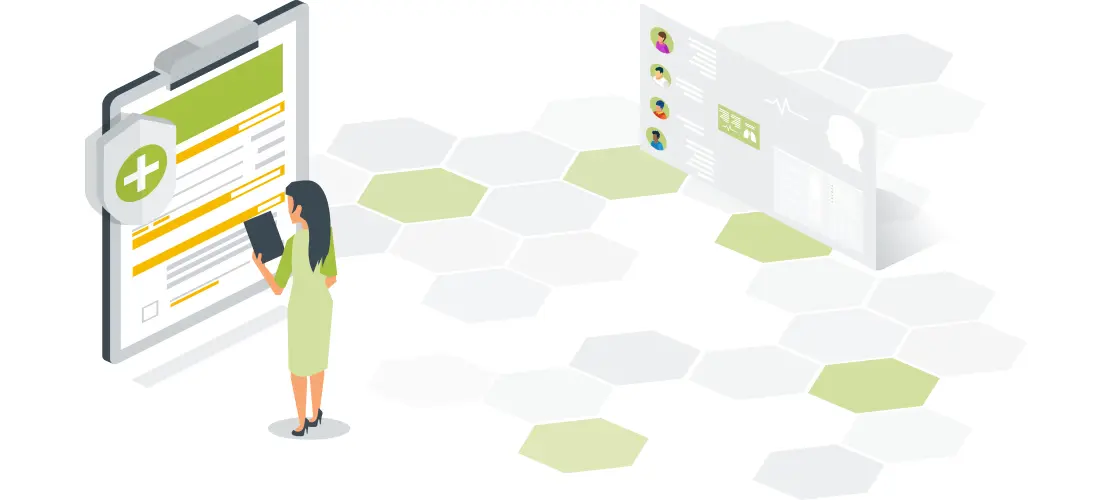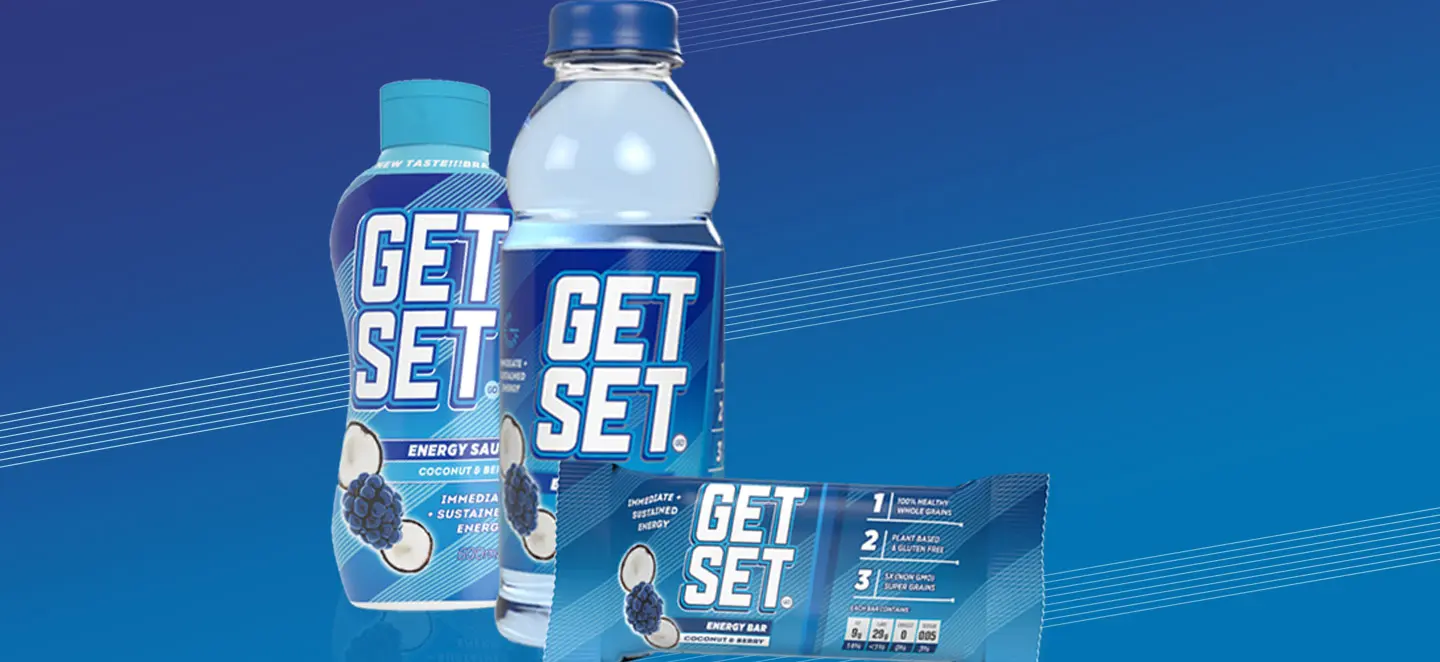Managing life sciences content and updating artwork is a tedious and error prone process. However, content management tools can help streamline this process.
To update artwork efficiently, companies leverage what is known as “Product Content Sheets.” Unlike individual content elements, these sheets serve as comprehensive repositories for an entire product range.
While they lack the Locale Mapping and Instance Sequences that call out specific placement on an artwork (commonly found in Artwork Content Sheets), Product Content Sheets represent the foundation on which all content for a specific product (or entire product range) relies. From this collection, a “scope tag” can be applied to associate content with specific packaging.
Understanding Product Content Sheets
A Product Content Sheet is essentially an amalgamation of all content elements related to a specific product.
Given its encompassing nature, it is significantly larger than individual Artwork Content Sheets, representing not just the common content, but all sizes, variations, strengths available for a product.
The absence of Locale Mapping and Instance Sequences in Product Content Sheets is intentional – these concepts are tailored for the granularity required at the level of a single artwork.
The Power of Scope Tags
The standout feature of Product Content Sheets is the incorporation of “Scope Tags.”
These tags are one or more fields linked to a reference within a content element.
What makes them powerful is their ability to specify the conditions under which a particular content element is applicable.
For example, imagine a “Size” Scope Tag with the value “12 Pack” on a reference to a content element. This tag signifies that the referenced content is only relevant to artwork variants associated with the ‘12 pack’ versions of the product.
Often, multiple Scope Tags can be applied to a single content element. This flexibility allows for nuanced conditions – for instance, having both “Flavor=Chocolate; Vanilla” and “Size=Maxi” Scope Tags on a text content element implies that the text statement is intended exclusively for “Maxi” pack artworks of both the “Vanilla” and “Chocolate” variants.
Crafting an Efficient Content Management Process
Here’s a step-by-step guide to an efficient content management process using Product Content Sheets and Scope Tags:
1. Gather All Product Content
Begin by consolidating all content related to a product into a Product Content Sheet. This serves as a central hub for managing content related to the entire product range.
2. Define Scope Tags and Dimensions
Specify the type of Scope Tags you want to use in the Product Content Sheet. Consider aspects such as dosage variations, pack counts, and flavor variants. This specification is often called the “dimension” of the Product Content Sheet.
3. Apply Scope Tags
For each referenced content element, specify the applicable Scope Tags. This step ensures that content is precisely tailored to different artwork contexts within the product range.
4. Generate Artwork Content Sheets
Once all content elements are appropriately tagged, leverage the functionality provided to automatically (or manually) generate multiple Artwork Content Sheets from the Product Content Sheet. This step ensures that the content is optimized for each specific variant.
In summary, Product Content Sheets, coupled with Scope Tags, streamline the content management process by allowing for comprehensive control over product documentation.
This approach not only enhances efficiency but also ensures that content is dynamically tailored to various contexts within a product range.
The Esko Solution
WebCenter Content Management is a comprehensive solution that simplifies the content process, promotes content reuse, and reduces risks by allowing content updates to be applied uniformly across all affected outputs. With a web-based intuitive interface, content writers can efficiently create, manage, and reuse content.
The solution ensures the consistent and traceable management of the content lifecycle, facilitated by flexible workflow capabilities.
It provides a repository for approved content, allowing the organization to store, organize, author, edit, review, manage versions, and create outputs from components seamlessly.
Additionally, WebCenter Content Management systematically manages content relationships, encompassing topics, maps, and publications, all within a core platform bolstered by standard, configurable iPaaS connectors for easy integration into existing processes.
WebCenter Content Management also allows for specifying and reusing various types of content, such as text, claims, symbols, and barcodes, for use in packaging artwork, labels, leaflets, and other materials.
By eliminating the need for manual copy-and-paste from spreadsheets and documents, it’s easier to ensure compliance with submission-ready file formats.
This integrated approach simplifies and enhances the artwork automation process for pharmaceutical and medical device companies.
Create Your Business Case
Creating a business case for automated artwork involves considering various key drivers.
Quantitative factors such as cost reduction, efficiency improvements, and the right-first-time approach are essential.
Cost reduction strategies revolve around the critical importance of time in capturing full revenue opportunities.
Emphasizing right-first-time quantitatively highlights the financial benefits of preventing errors as opposed to fixing them.
Content reuse drives efficiencies in the process and ensures consistency across the product portfolio.
Automation further enhances efficiency by reducing manual effort, allowing employees to focus on value-added tasks and eliminating duplicate work.
Automation mitigates risks by eliminating errors and ensuring a seamless end-to-end digital content flow, thus enhancing overall quality.
Moreover, it fosters traceability across the organization, promoting better planning and collaboration.
Finally, automated artwork solutions empower highly regulated companies to tackle complex industry challenges.
By optimizing processes and enhancing compliance, these solutions provide a competitive market edge.







